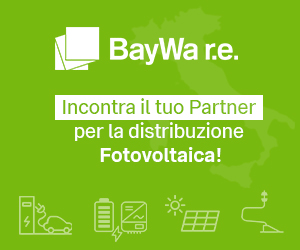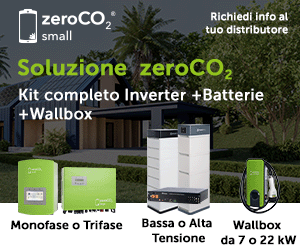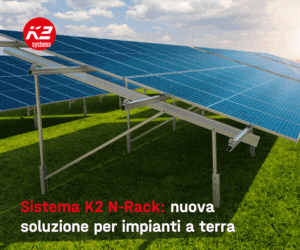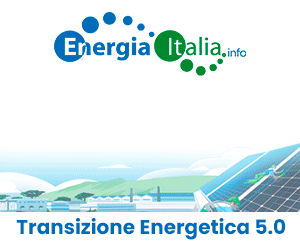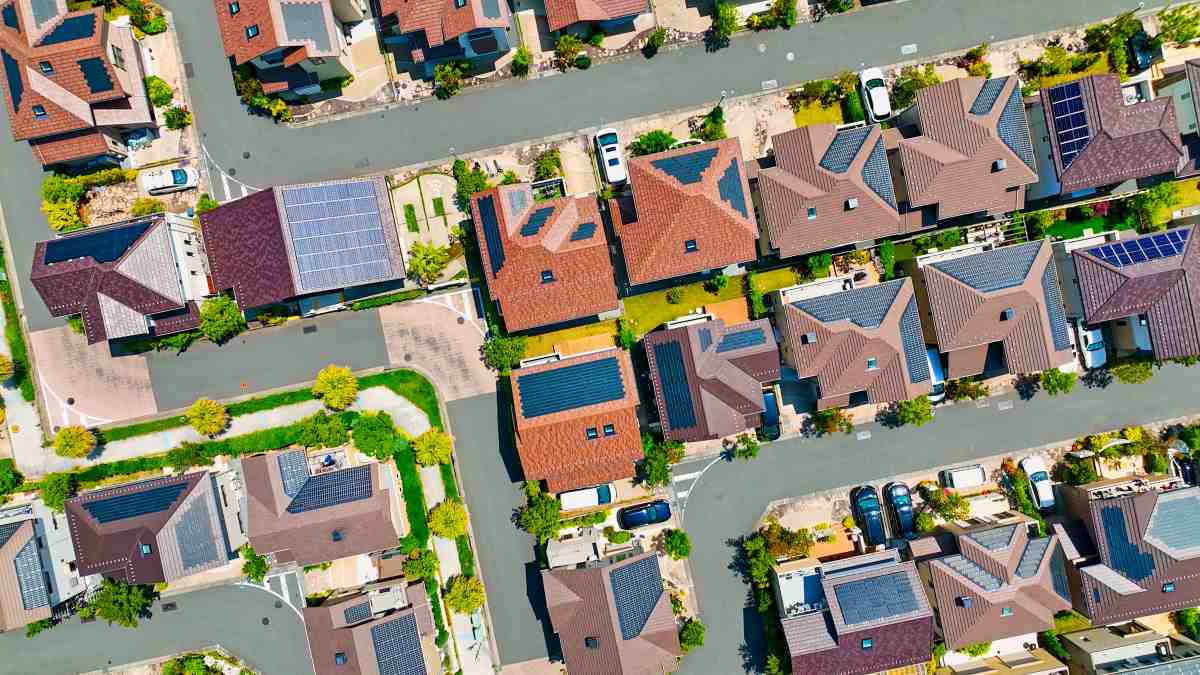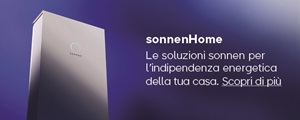Right in the center of Turino a new facility, including a photovoltaic modules rooftop, has been built recently with the aim of charging highly innovative electric vehicles, in particular electric and hybrid cars and pedal-assisted bicycles can be recharged thanks to the use of a PV rooftop, a storage system and a special combination of hardware, sensors and software which make the system be regarded as a proper smart grid.
What is in fact a smart-grid? A smart-grid is an electric intelligent grid able to manage efficiently and sustainably the users both in energy off-take (cars, bikes) and generation (photovoltaic).
The project, funded by Region of Piemonte, was developed by Moroni & Partners, a leading company in the energy field, and is now located in Largo Cibrario, within walking distance from the main points of interest of the city of Turin, such as Piazza Statuto, one of the main buses and tram line stops.
This innovative system and the related experimental activities were created because of the need of integrating the modern technologies of the green economy to support one of the most critical sectors in the energy and polluting emissions field, specifically private mobility in urban areas. The widespread installation in the territory of such shelters guarantees substantially lower polluting emissions and the use of bikes even in unven areas, thanks to the help of pedal assisted modality.
What is the innovation of M&P solution? Above all the bifacial photovoltaic modules which generate energy from both surfaces. Such modules, manufactured by the Italian company Megacell can produce up to 20% more power than a standard module of the same surface size and this characteristic allowed the installation of a smaller rooftop surface. Once the energy is produced, it is stored by the vehicles located underneath when present, or by a 72 kWh centralized storage system, able to recharge also a large electric vehicle, like a car, even at night, when the sun is not shining. The control of such energy flows is managed by a control device with integrated inverter of AC 60 kW nominal power. This device allows also the optimization of the energy produced by the photovoltaic system with MPPT system (Maximum Power Point Tracker).
In order to experience the best technologies available, the station has been equipped with two charging points for electric cars and four charging points for pedal-assisted electric bicycles (look at the picture below). In particular, as far as cars are concerned, an AC fast charging point CHAdeMO mode 4 (only 15-30 minutes depending on the vehicle battery capacity) has been installed and is able to supply 50 kW power. The other charging point (Mennekes type 2 mode 3), unlikely, supplies 22 kW power with a charging time ranging between 1 and 2 hours. Innovative optimization sensors in terms of washing times and short-term plant production forecasting have been implemented too and will be subject to specific tests.
The experimentation test is still ongoing and is characterized by the use of an electric car in urban areas; specifically a Nissan Leaf was chosen for test activities, as it is one of the most reliable and popular models in the market and it is equipped with a 24kWh battery, enough for 250 km distance. This vehicle is recharged with the methods described above using the solar energy produced by the photovoltaic system. Regarding the other features of the station, four electric pedal-assisted bicycles of the latest generation have been included in order to establish a bike sharing system that promotes the use of bicycles in Turin city center thanks to the electric engine which helps the user during daily rides.
The system activities are controlled by an interoperable data monitoring platform that allows the remote monitoring of the system: this feature ensures a proper data exchange between the different players involved in the “smart grid” (users, charging station managers, grid operators, etc.).
Such exchange of data provides the Public Authority with a comprehensive knowledge regarding the status of the facility thus supplying a valid support to strategic decisions such as the possible upgrade of the recharging station with additional recharging points, the strengthening of one or more components (PV plant capacity, storage capacity, integration with the electrical grid…) or the location of new stations in the urban area.
Therefore this project demonstrates how the use of the latest technologies in the field of renewable energy sources, smart grids and sustainable mobility is now well established and is ready for widespread use, paving the way for the shift from traditional to modern technologies in the view of increasing energy efficiency and therefore decreasing polluting emissions from large urban areas that are affected significantly by congestion and related issues.





